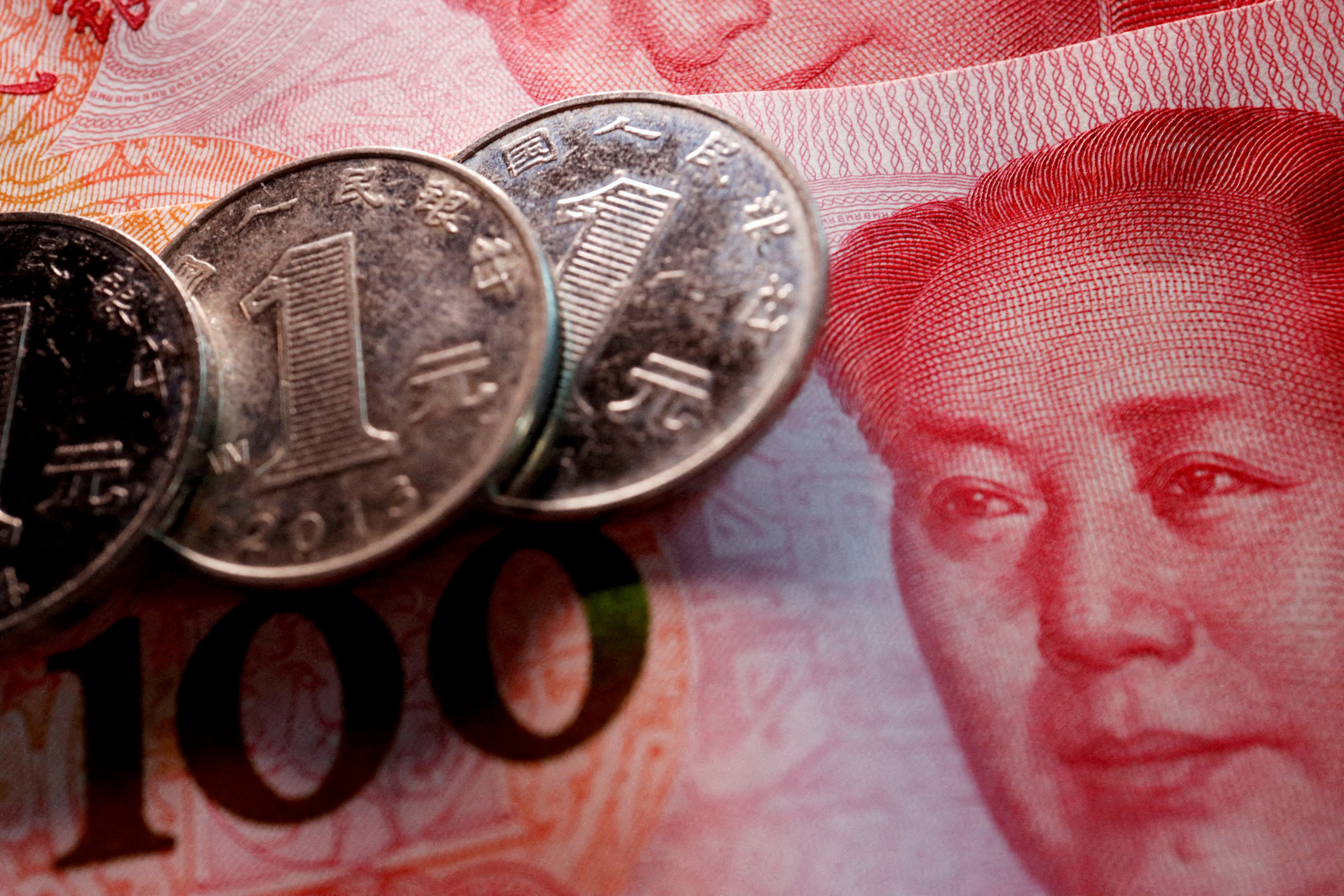China’s manufacturing activity contracted for the fifth consecutive month in August, according to an official survey released on Thursday. This puts pressure on officials to provide support and stimulate economic growth amid weak demand both domestically and internationally.
However, there were some positive signs in the survey. New orders expanded for the first time in five months, and factory owners reported improvements in producer prices for the first time in seven months. Despite these positive indicators, the services sector continued to decline.
The official purchasing managers’ index (PMI) rose to 49.7 in August from 49.3 in July, but it remained below the 50-point level that separates contraction from expansion. The reading was slightly higher than the forecast of 49.4.
The PMI provides an initial glimpse into China’s economic performance in August, following a challenging period of trade, factory, and retail data in July. While conditions did not significantly worsen, the survey showed that factories are still under pressure.
China’s manufacturing rivals in the region, Japan and South Korea, also reported sharp declines in output on Thursday.
Louise Loo, a senior economist with Oxford Economics, commented that it is too early to determine the overall growth activity in the third quarter, but the recent data suggests a potential uptick if incoming stimulus measures start to take effect.
China’s annual growth target of around 5% is at risk of being missed due to a worsening property slump, weak consumer spending, and declining credit growth. Major banks have already downgraded their growth forecasts for the year.
To address these challenges, China recently announced a halving in stock-trading stamp duties, the first cut to the tax since 2008. Additionally, guidelines for affordable housing were approved to improve access to first-home mortgages. Some state-owned banks are also expected to lower interest rates on existing mortgages. However, analysts anticipate that home prices will not experience any growth this year.
Despite these measures, analysts believe that there is only a slim chance of significant stimulus due to concerns over mounting debt risks.
Policymakers in China are under pressure to boost domestic demand as the global economy continues to slow. Higher interest rates and inflation in major export markets, such as the United States and Europe, are dampening demand for Chinese goods. The sub-index for new export orders contracted for the sixth consecutive month.
Frederic Neumann, chief Asia economist at HSBC, stated that further economic measures may be necessary to support growth, especially as new export orders continue to decline due to weak global demand. Manufacturers will need to rely on domestic demand to compensate for the shortfall.
The non-manufacturing PMI, which includes sub-indexes for service sector activity and construction, fell to 51.0 in August from 51.5 in July, primarily driven by the ongoing decline in services activity. However, the composite PMI, which combines both manufacturing and non-manufacturing activity, rose to 51.3 from 51.1.
Bruce Pang, chief economist at Jones Lang Lasalle, noted that the strengthening of policy measures is gradually offsetting the short-term factors that have disrupted China’s economic consolidation and recovery. The actual implementation and effectiveness of policy support will be crucial indicators to monitor going forward.
China’s economic affairs, including domestic fiscal and monetary policy, key economic indicators, trade relations, and engagement with developing countries, are covered by Joe Cash, who reports on China’s economic affairs for Reuters. Prior to joining Reuters, Cash worked on UK and EU trade policy in the Asia-Pacific region. He studied Chinese at the University of Oxford and is fluent in Mandarin.

What additional measures can the Chinese government implement to boost the economy beyond tax cuts, increased infrastructure spending, and monetary easing?
Believe that these measures may not be enough to provide a significant boost to the economy.
The ongoing trade war with the United States has also had a major impact on China’s manufacturing sector. Both countries have imposed tariffs on billions of dollars worth of each other’s goods, resulting in reduced demand for Chinese exports. This has led to factory closures, layoffs, and reduced production.
In response to the slowdown in manufacturing, the Chinese government has implemented various measures to support the economy. These include tax cuts, increased infrastructure spending, and monetary easing. However, experts have warned that these measures may not be sufficient to offset the impact of the trade tensions and stimulate significant economic growth.
The services sector, which has been a key driver of China’s economic growth in recent years, has also been affected by the slowdown. The official non-manufacturing PMI fell to 53.8 in August, down from 54.2 in July. This indicates a slower pace of expansion in the sector.
Overall, China’s economic outlook remains uncertain. While there are some positive signs in the manufacturing sector, the weak performance of the services sector and ongoing trade tensions continue to pose challenges. The government will need to implement further measures to support the economy and stimulate growth, but it remains to be seen how effective these measures will be.



This is concerning news for China’s economy, especially given the ongoing trade tensions with the US.
China needs to focus on boosting domestic demand to counteract the effects of soft global demand and trade tensions.